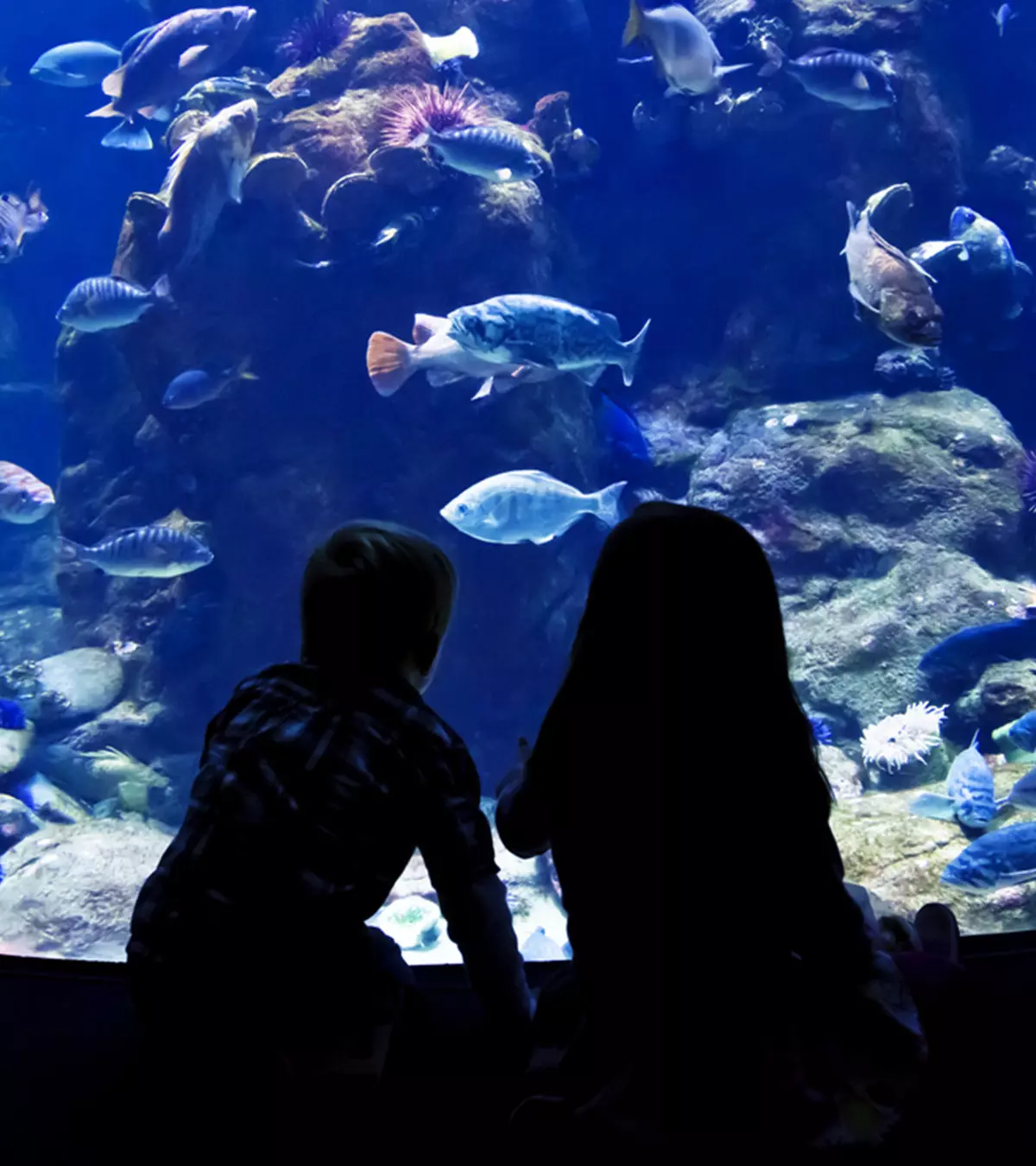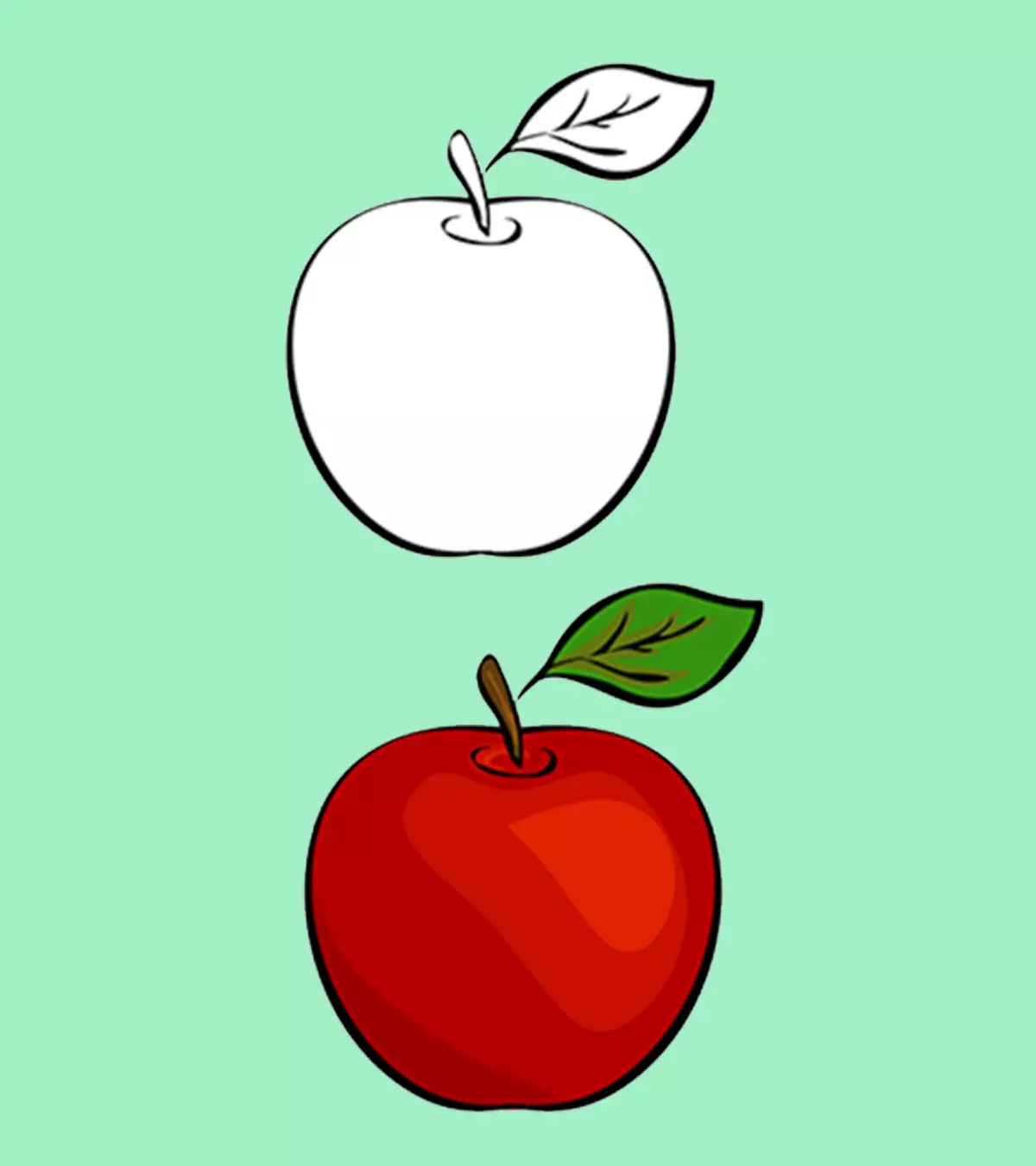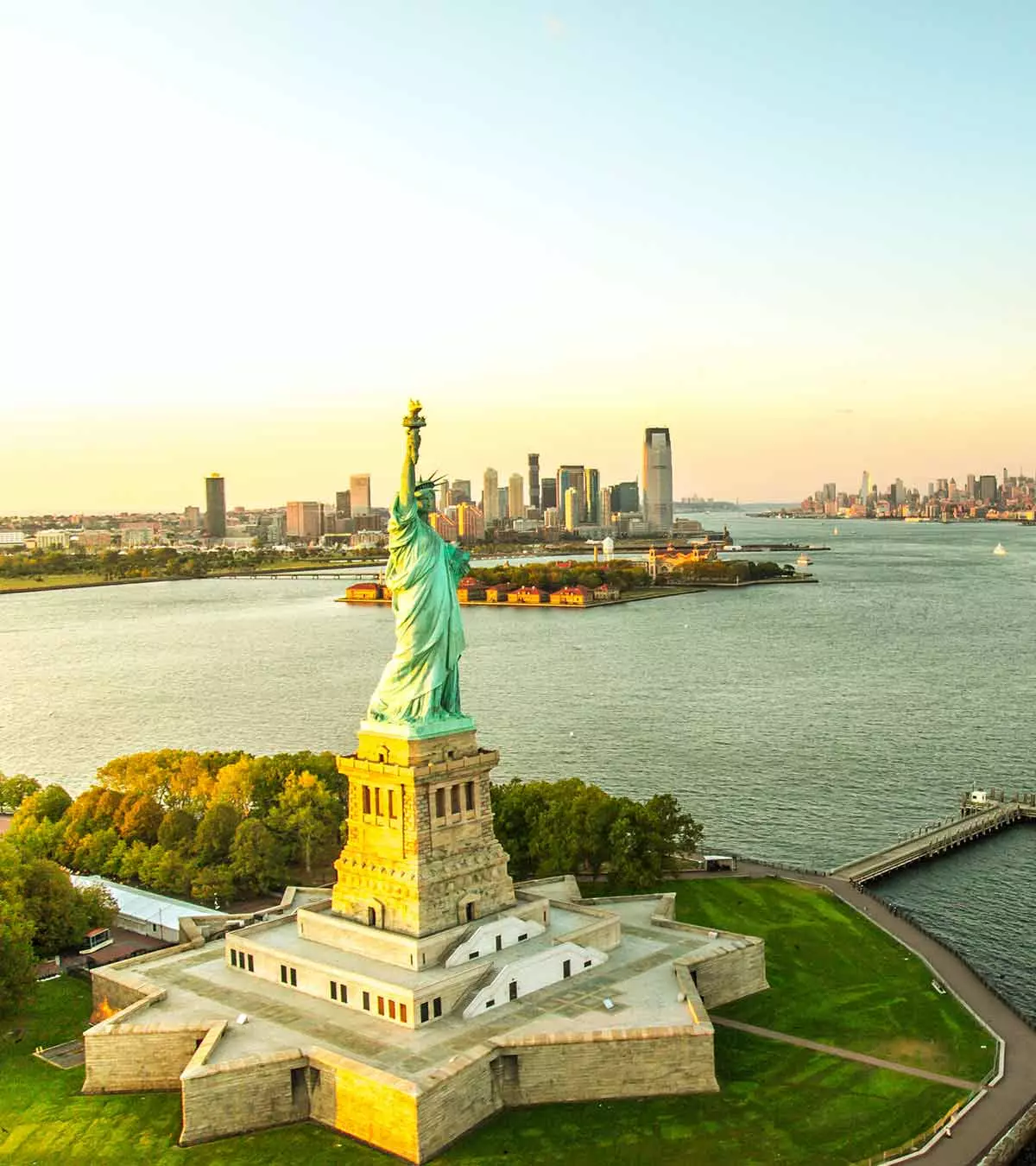
Image: iStock
New York was one of the oldest places in America to be inhabited during pre-independence. We bring you a collection of New York colony facts for kids to pique their interest in the place that is today known as the state of New York. The colony was once part of British rule prior to the American Revolution. However, it was not always under their control. So scroll through to learn about the origin of New York state through a collection of its facts from our post.
Key Pointers
- The British originally called the New York colony the Province of New York.
- Hudson River was surrounded by fertile areas that promoted agriculture and made the New York colony a major grain exporter.
- Heterogeneous populations brought variations in religious and cultural practices.
The New York Colony Foundation And Name
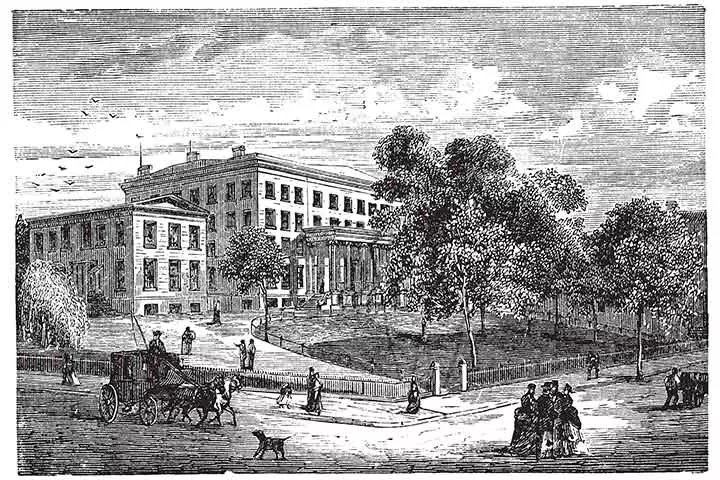
Image: Shutterstock
- New York was one of the original thirteen colonies, known as the Province of New York, under British rule. It has borders with the New England region and a small maritime border with Rhode Island.
- The area for the colony was first explored by the Italian explorer Giovanni de Verrazano, in the year 1524. He explored the New York bay area and sailed along the New York coast.
- In 1609, the British explorer Henry Hudson extensively explored the New York metropolitan area, which is the area around the present-day New York City.
- Henry Hudson worked on behalf of the Dutch East India Company and was exploring a route to China through the Arctic Circle. During his search, he landed in the New York area, which was not a colony yet. The Hudson River that flows through New York state is named in honor of Henry Hudson.
- The Dutch took over the land, made it into a colony, and named it New Netherlands. They formed a major trading post at Albany (the capital of present-day New York state).
- In 1625, the Dutch West India Company sent the Dutch businessman Peter Minuit to explore the area around New Netherlands, to create a new trading post. Peter Minuit chose the Manhattan island, which is now part of New York City. He purchased the island from a Native American tribe for goods worth of $24.
- The island purchased by Peter Minuit was renamed New Amsterdam, and it became an essential Dutch settlement for trade and commerce. New Amsterdam is where present-day New York City is located.
- The British gradually annexed parts of New Netherlands and had their eyes set on the trading post of New Amsterdam.
- The Governor of New Amsterdam eventually surrendered New Amsterdam to the British during the Anglo-Dutch war of 1664.
- The entire colony of New Netherlands with New Amsterdam was now under British control. The British renamed the colony to New York in honor of James, the Duke of York, who had rallied the British Navy to seize New Amsterdam. James went on to become the proprietor of the New York colony.
 Trivia
TriviaNew York Map And Geography
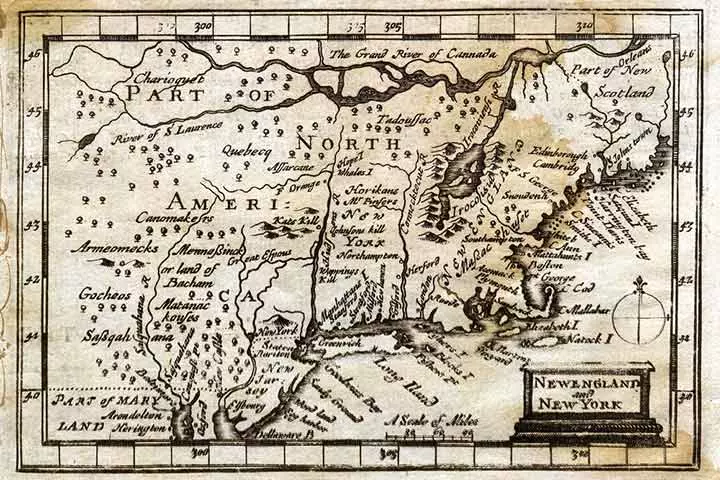
Image: Shutterstock
- The original New York colony consisted of 12 counties. Two additional counties were added in the year 1772.
- The New York colony covered an area that includes present-day New York State, New Jersey, Vermont, and Delaware. Parts of present-day Pennsylvania, Massachusetts, Maine, and Connecticut were also within the New York colony limits. Today the state of New York includes Jamestown City.
- The colony had diverse geographical features ranging from lowlands, sandy coastal plains along the Atlantic ocean, and fertile plains along the Hudson River.
 Did you know?
Did you know?The Economy Of The New York Colony
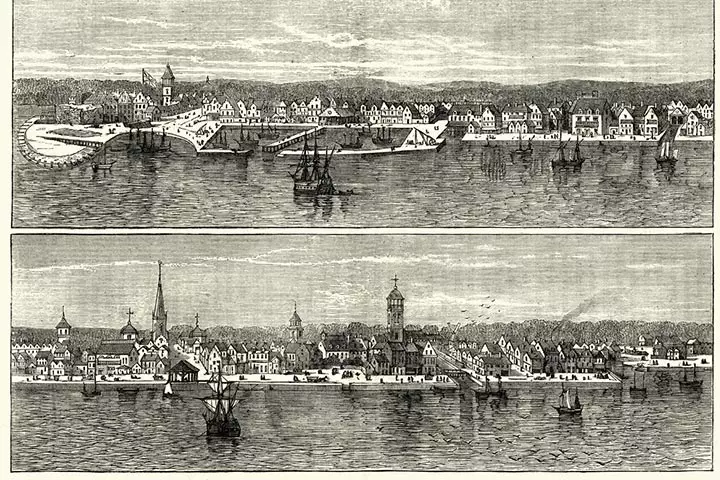
Image: IStock
- The area around the Hudson River was fertile and promoted agriculture. It made the New York colony a major exporter of grains.
- Wheat was an important crop cultivated in New York. Wheat grains were ground and exported to England as wheat flour.
- Extensive agriculture gave New York colony the nickname ‘breadbasket colony.’ The colony also had a higher commercial significance compared to other British colonies in America.
- Agriculture became a lucrative business due to the fertility of the land in the region. Landowners became rapidly wealthy. It was common for landlords to give out lands to tenants farmers.
- Animal fur was another vital commodity from the New York colony. Fishing also made a good profit since the province was near the coast.
Population And People of The New York Colony
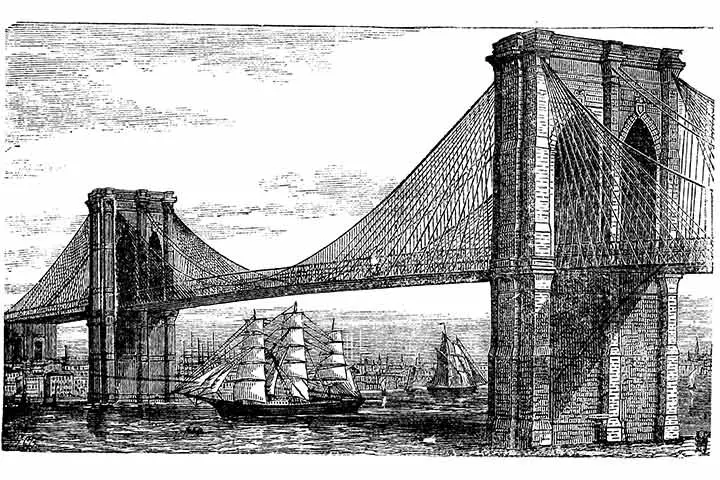
Image: Shutterstock
- The population was heterogeneous. There were people of British, Dutch, French, and German descent along with Native Americans and African Americans.
- A multitude of pilgrims brought variations in religious practices. Several subgroups and sects of Christianity such as Catholics, Protestants, Quakers, and Lutheranism coexisted. Judaism was another religion found in the colony.
- In 1690, the population of the colony was 20,000 and reached 100,000 by 1756. New York City had a significant concentration of population, which was also the most diverse in the colony. As of today, English and Spanish are the two most spoken languages in New York City.
 Did you know?
Did you know?New York Colony and The United States
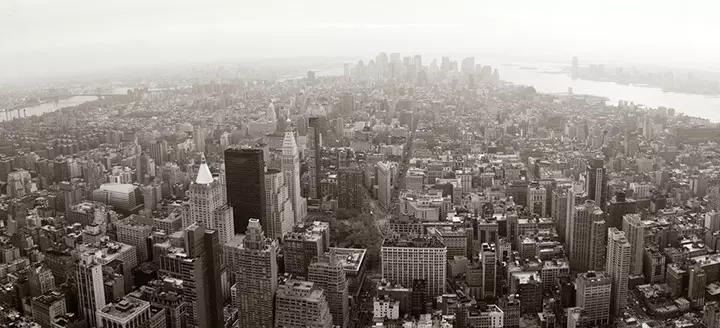
Image: Shutterstock
- The New York colony signed the declaration of independence on 9th July 1776. The colony was now a sovereign state and no longer under British rule.
- New York state formed and adopted its constitution on 20th April 1777. George Washington oversaw the final evacuation of the British Army from New York in a grand parade. One of the key George Washington facts for kids is that he played a major role in securing American independence, including leading important events like this.
- On 30th June 1777, George Clinton was the first governor of independent New York state.
- The state of New York signed the Articles of Confederation on 9th July 1778 and officially became a part of the United States of America.
Frequently Asked Questions
1. What did the New York Colony trade?
The major exports of the New York Colony included wheat and iron ore. People also traded in natural resources such as corn, livestock, coal, lumber, and hemp.
2. What type of colony was New York?
New York was initially a British proprietary colony, which later became a royal colony.
3. What jobs were there in the New York Colony?
Jobs in medicine, law, banking, and education were there in the New York Colony. Residents may have been painters, blacksmiths, tanners, saddle makers, coopers, bankers, bakers, butchers, wheelwrights, and tavern keepers as well.
The New York colony grew into the present-day state of New York with roughly the same ideology as its forerunner and has grown into a global commercial center. However, the history of the evolution of this state is intriguing, and many people are in awe of it. Information about New York’s establishment and how it got its name, the economy at the time, its population, culture, and how it became a part of the United States is worth knowing. Sharing such New York Colony facts for kids would undoubtedly blow their minds while also help them to learn about the city’s history.
Infographic: Historical Facts About New York Colony
New York was once under British rule and is one of the oldest places in America. The place has a rich history and interesting events leading to its independence and development. The infographic below summarizes some intriguing historical facts about the colony.
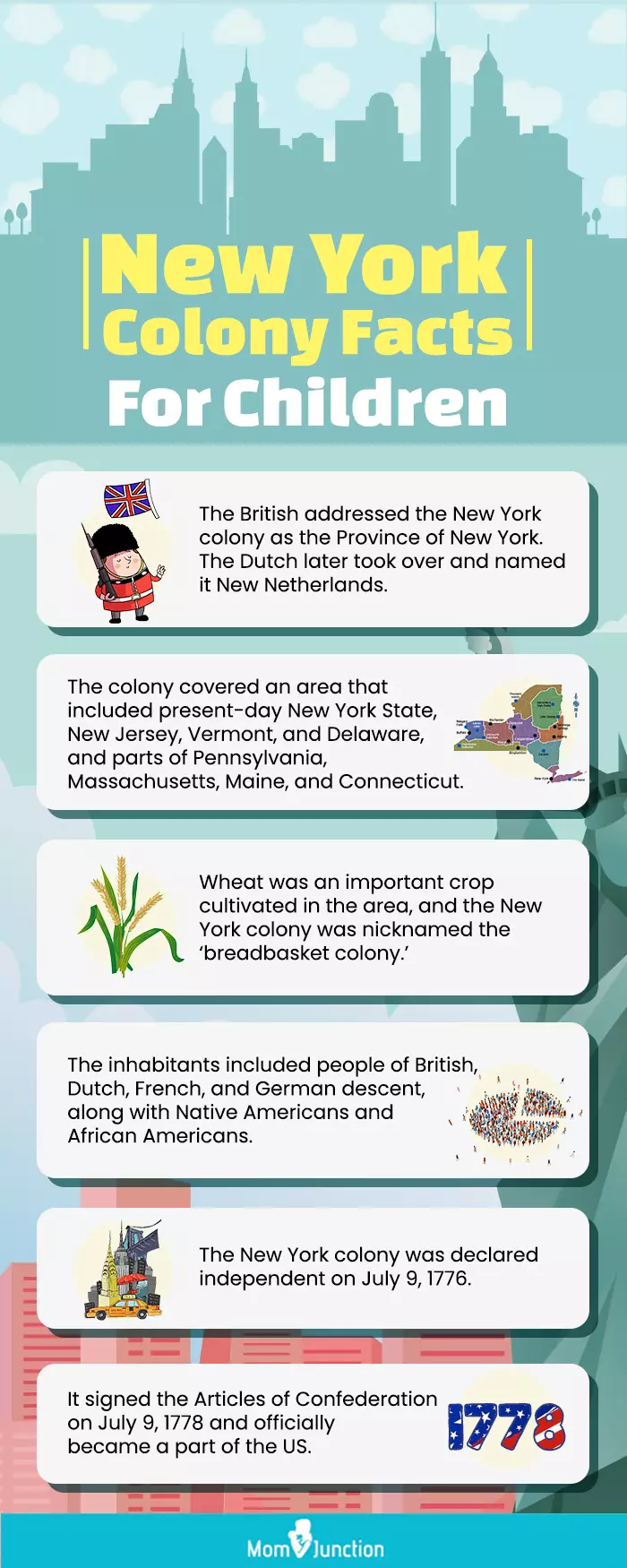
Illustration: Momjunction Design Team
Illustration: Historical New York Colony Facts For Kids

Image: Stable Diffusion/MomJunction Design Team
Uncover interesting facts about the New York Colony, spanning from its founding to its role in the American Revolution!
Community Experiences
Join the conversation and become a part of our nurturing community! Share your stories, experiences, and insights to connect with fellow parents.
Read full bio of Sravani Rebbapragada
Read full bio of Harshita Makvana
Read full bio of Praggya Joshi








